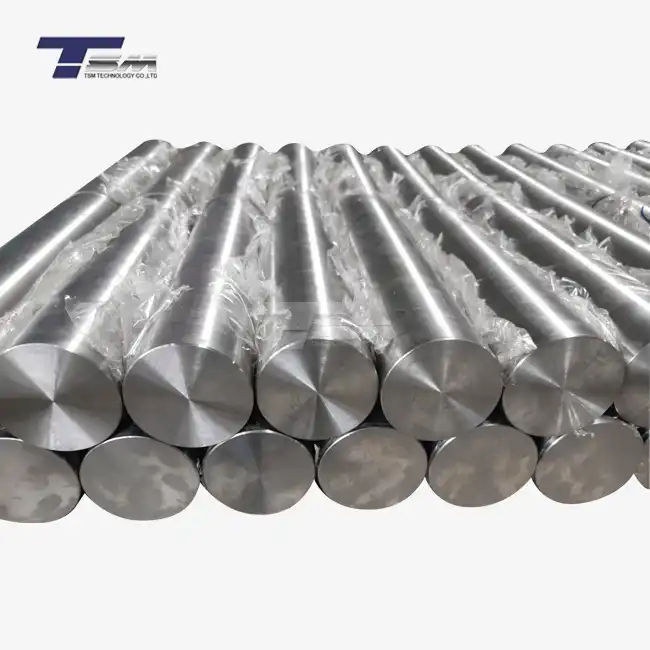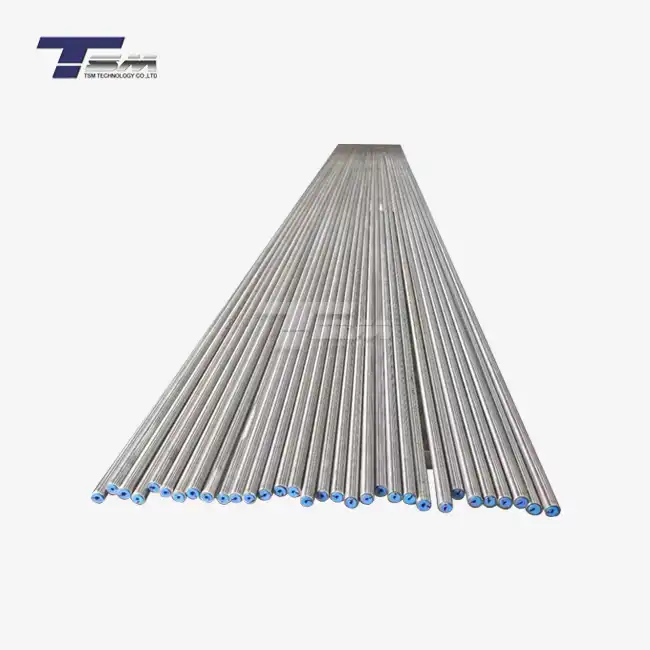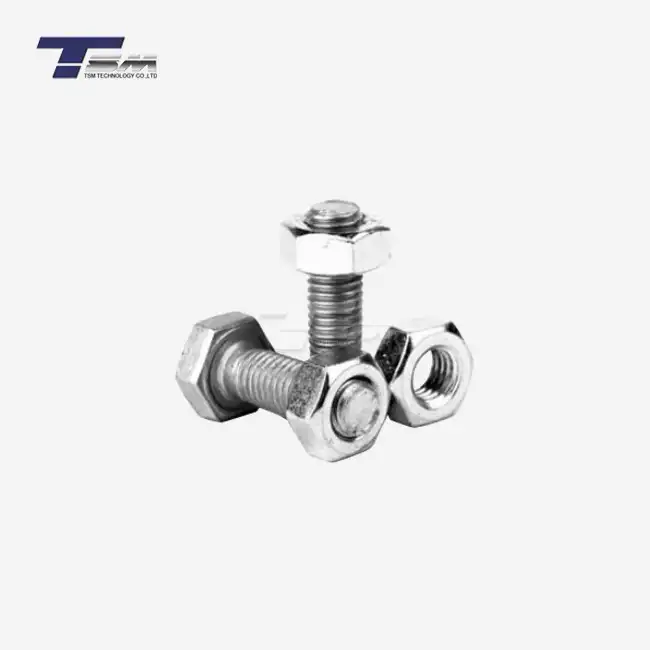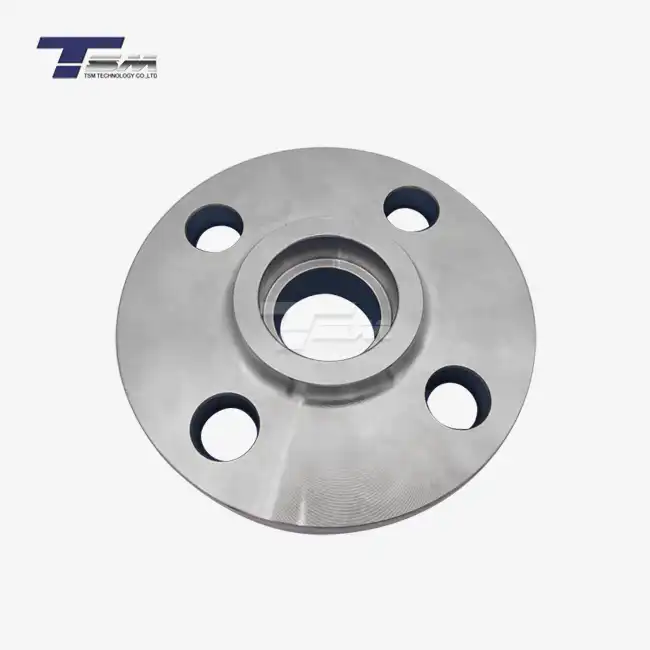Thermal Stress Relief: A Comprehensive Approach for Monel 400 Round Bar
Principles of Thermal Stress Relief
Thermal stress relief is a widely adopted method for alleviating internal stresses in Monel 400 round bars. This process involves carefully heating the material to a specific temperature below its recrystallization point, maintaining it at that temperature for a predetermined duration, and then slowly cooling it back to room temperature. The controlled heating allows the atoms within the Monel alloy to rearrange themselves, effectively reducing the residual stresses that may have accumulated during manufacturing or forming processes.

Temperature Considerations for Monel 400
When applying thermal stress relief to Monel 400 bars, it's crucial to consider the optimal temperature range. Typically, the stress relief temperature for Monel 400 falls between 540°C and 650°C (1004°F to 1202°F). This range is carefully selected to ensure that the material's properties are not adversely affected while still allowing for effective stress reduction. The specific temperature chosen within this range may depend on factors such as the bar's diameter, length, and the severity of the residual stresses present.
Time and Cooling Rate Factors
The duration of the thermal stress relief process for Monel 400 round bars is equally important. Generally, a holding time of 1 hour per inch of thickness is recommended, with a minimum of 2 hours for thinner sections. This extended period allows for uniform heat distribution throughout the Monel bar, ensuring that stress relief occurs evenly across the entire piece. Following the holding period, the cooling rate must be carefully controlled. A slow cooling rate, typically not exceeding 200°C (392°F) per hour, is crucial to prevent the reintroduction of thermal stresses. Some applications may require even slower cooling rates, particularly for larger Monel bars or those with complex geometries.
Mechanical Stress Relief Techniques for Monel Bar
Cold Working and Its Effects
Mechanical stress relief techniques offer an alternative approach to managing residual stresses in Monel bars. Cold working, a process that involves applying external forces to induce plastic deformation, can be effectively used on Monel 400 and other nickel alloys. This method works by redistributing internal stresses through controlled deformation. When applied to a Monel bar, cold working can enhance its strength and hardness, but it's important to note that it may also reduce ductility. The degree of cold working must be carefully controlled to achieve the desired stress relief without compromising the material's essential properties.
Shot Peening for Surface Stress Relief
Shot peening is a specialized mechanical stress relief technique that can be particularly beneficial for Monel 400 round bars. This process involves bombarding the surface of the Monel bar with small, hard particles (typically steel or ceramic shots) at high velocities. The impact creates a layer of compressive stress on the surface, which can counteract tensile stresses and improve fatigue resistance. For Monel bars used in applications where surface properties are critical, such as in marine environments or chemical processing equipment, shot peening can significantly enhance performance and longevity.
Stretching and Compression Methods
For certain Monel bar applications, stretching or compression techniques can be employed for stress relief. These methods involve applying a controlled tensile or compressive load to the Monel 400 bar, often beyond its yield point. This controlled deformation helps to redistribute internal stresses more evenly throughout the material. The effectiveness of stretching or compression stress relief depends on factors such as the bar's dimensions, its initial stress state, and the specific requirements of the end application. It's worth noting that these methods require precise control and specialized equipment to ensure uniform stress distribution without introducing new stress concentrations.
Innovative Approaches: Vibratory Stress Relief for Monel 400
Principles of Vibratory Stress Relief
Vibratory stress relief (VSR) is an emerging technique that offers several advantages for Monel 400 bars. This method employs high-frequency vibrations to induce small, cyclic stresses within the material. These vibrations cause localized plastic deformation at the atomic level, allowing for the redistribution of residual stresses without the need for high temperatures or extensive mechanical work. For Monel round bars, VSR can be particularly beneficial as it allows for stress relief without altering the material's microstructure or dimensional stability, which can be crucial for precision applications.
Equipment and Process Parameters
The VSR process for Monel 400 bars typically involves specialized equipment that can generate controlled, high-frequency vibrations. The Monel bar is secured to a vibration table or platform, and vibrations are applied at frequencies ranging from 50 to 150 Hz. The specific frequency and amplitude are determined based on factors such as the bar's dimensions, mass, and initial stress state. The duration of the VSR treatment can vary but typically ranges from 20 minutes to several hours, depending on the size and complexity of the Monel bar. Throughout the process, stress levels are monitored using advanced sensors to ensure optimal stress relief is achieved.
Advantages and Limitations
Vibratory stress relief offers several advantages for Monel 400 bars. It's a non-thermal process, which eliminates the risk of oxidation or other heat-related effects that can occur during thermal stress relief. VSR is also energy-efficient and can be applied to Monel bars of various sizes and shapes, including complex geometries that might be challenging to treat with other methods. Additionally, the process can be performed on-site, reducing transportation costs and turnaround times. However, it's important to note that VSR may not be as effective for very large Monel bars or for relieving extremely high levels of residual stress. In such cases, a combination of VSR with other stress relief methods might be necessary to achieve optimal results.
Conclusion
Effective stress relief is crucial for maintaining the integrity and performance of Monel 400 bars across various industrial applications. Whether opting for thermal, mechanical, or vibratory methods, each technique offers unique advantages in managing residual stresses. The choice of stress relief method should be based on factors such as the specific Monel 400 bar dimensions, application requirements, and the nature of the stresses present. By implementing appropriate stress relief techniques, manufacturers and end-users can ensure that Monel 400 round bars and other forms of this versatile alloy maintain their superior mechanical properties and corrosion resistance, ultimately leading to enhanced product performance and longevity.
Contact Us
For more information about Monel 400 bars and expert advice on stress relieving methods, please contact TSM TECHNOLOGY at info@tsmnialloy.com. Our team of specialists is ready to assist you in selecting the most suitable stress relief approach for your specific Monel alloy needs.



